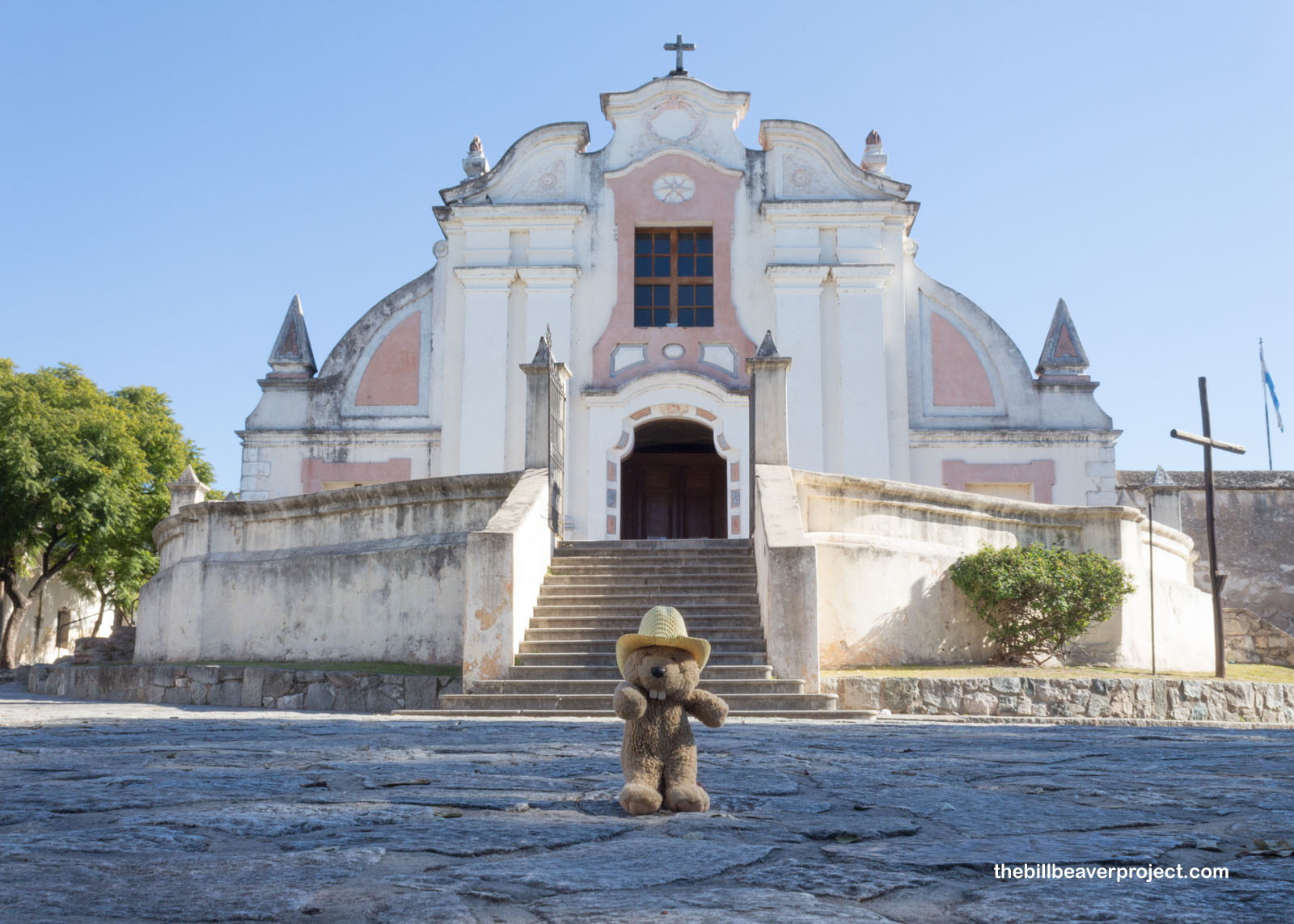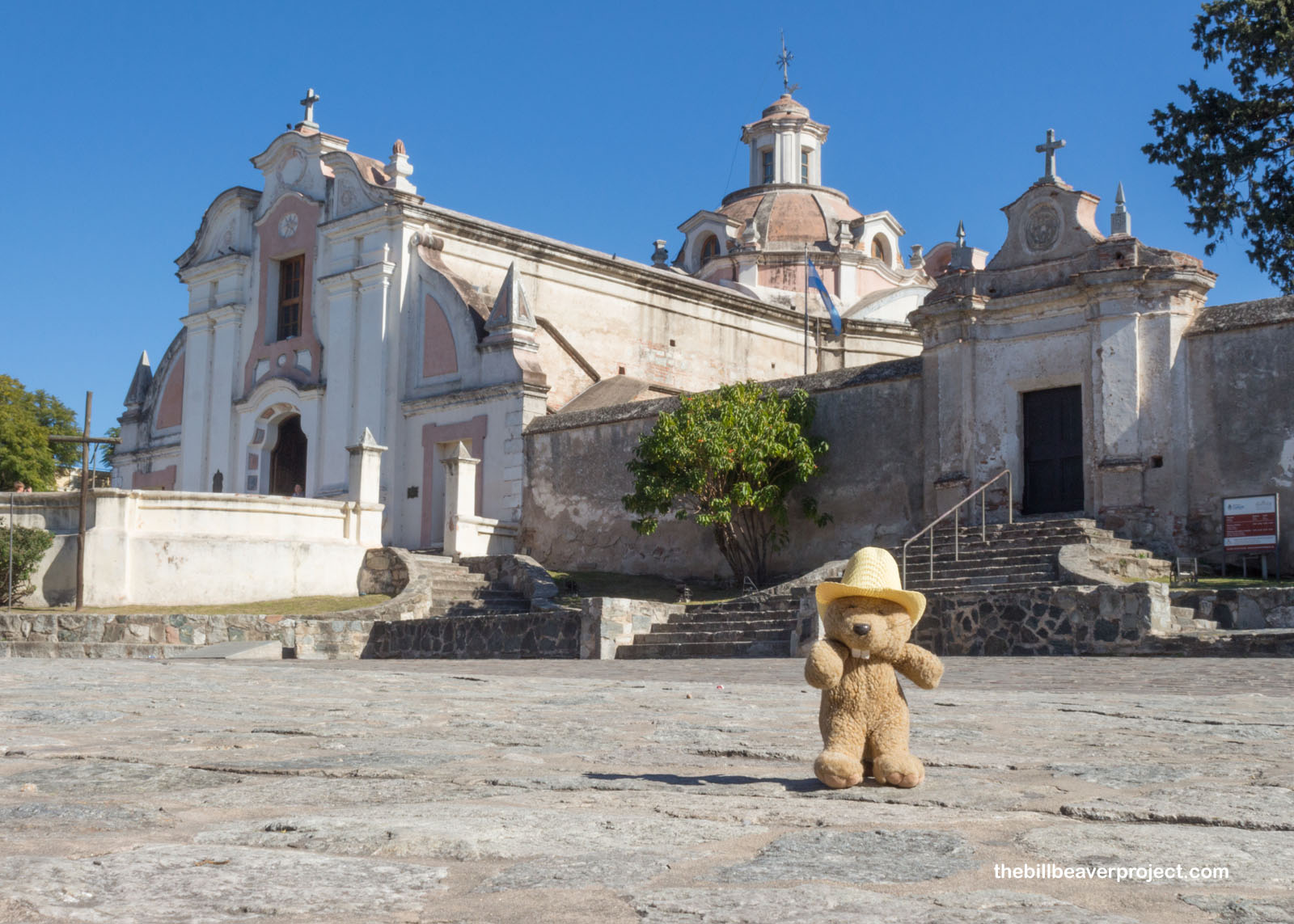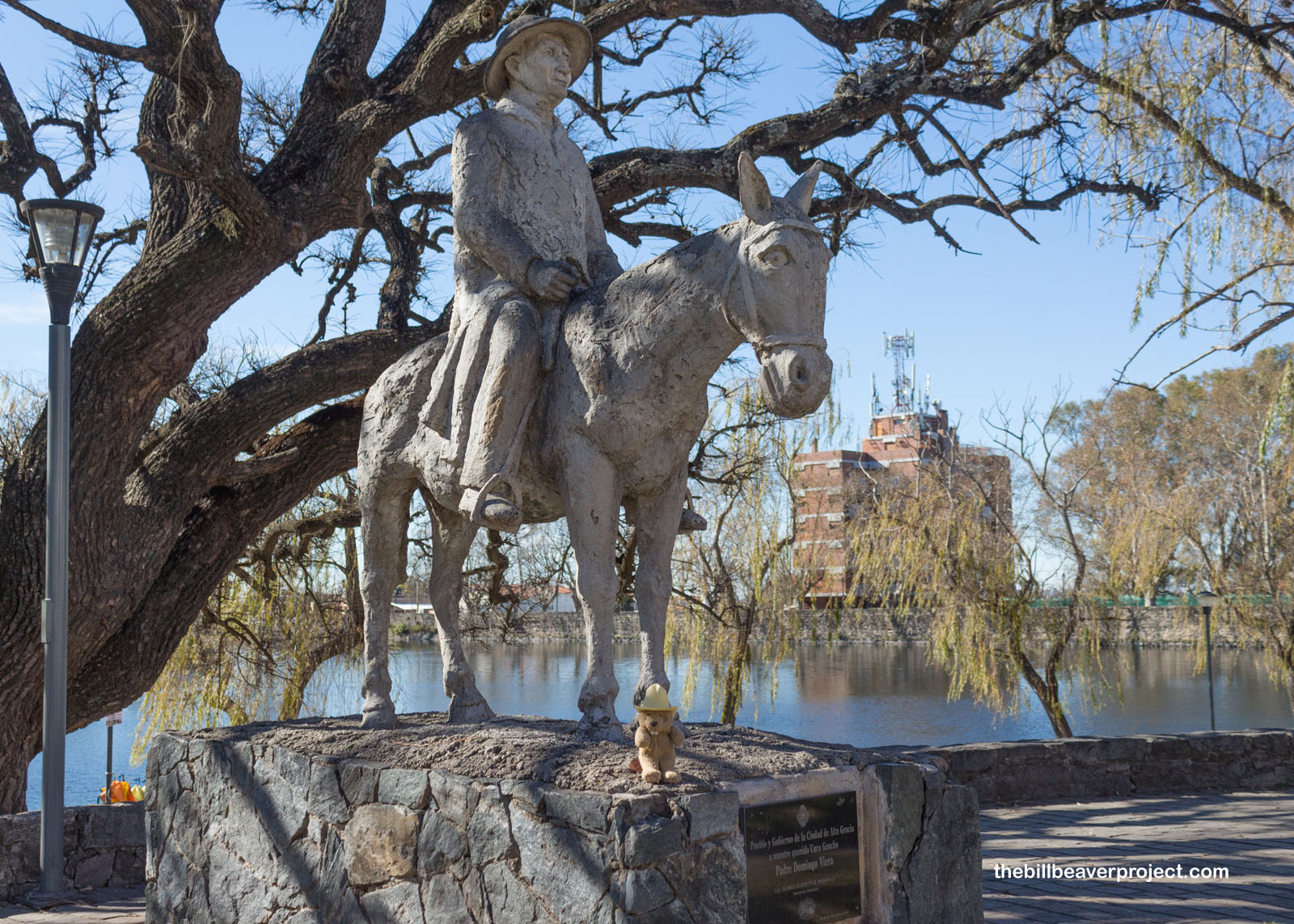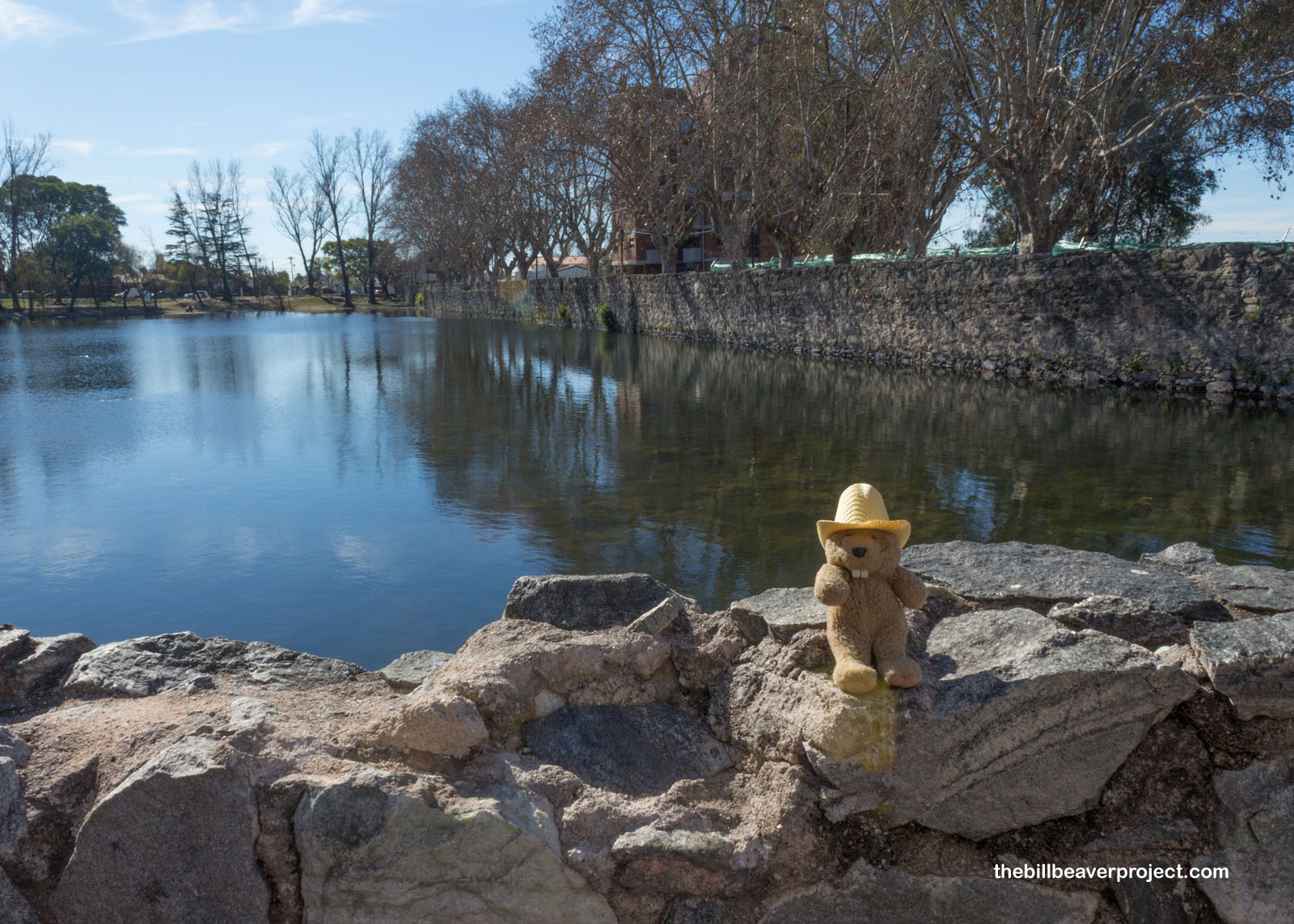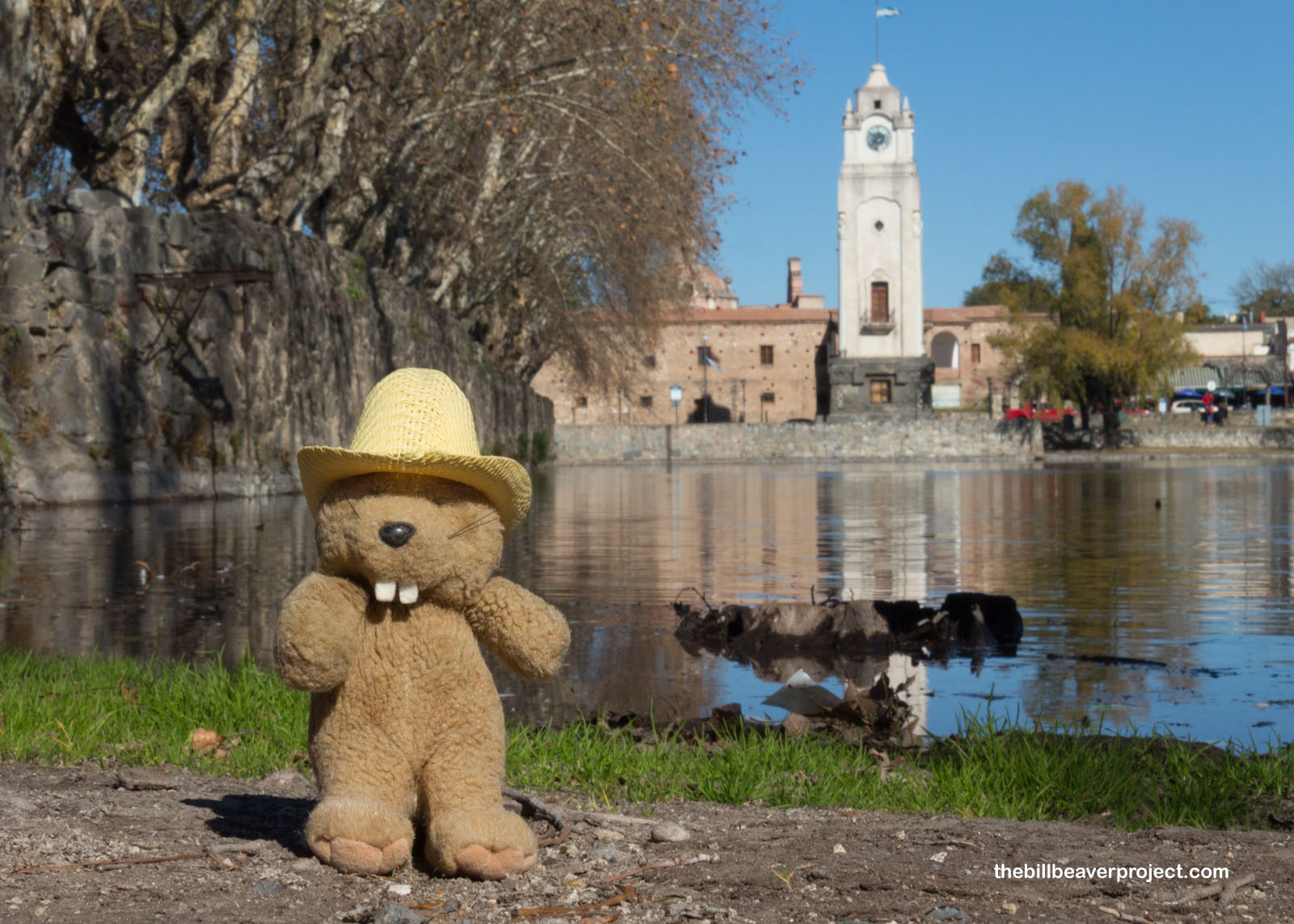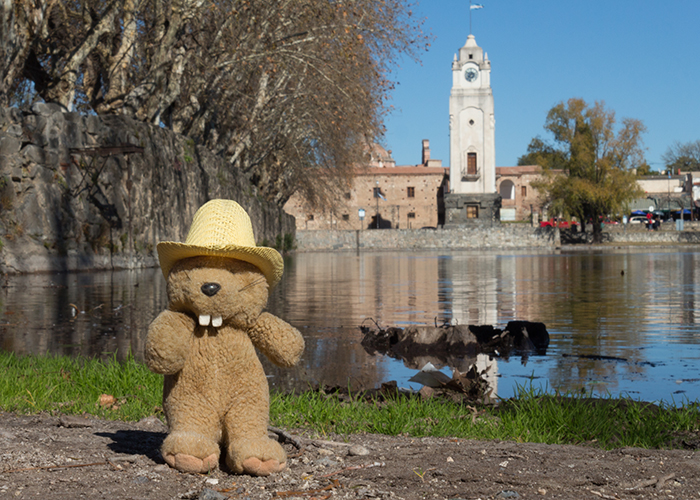| What makes it historical? |
Soon after the Jesuits arrived in Córdoba in 1599, they got to building a school and a church, and to do so, they needed supplies! This led to the founding of estancias, where Jesuit padres used indigenous labor and African slaves to meet their farming and manufacturing needs! One such estancia was here at Alta Gracia, originally part of a land grant to Córdoba’s cofounder, Juan Nieto! After he died, his widow, Doña Estefanía de Castañeda, married Alonso Nieto de Herrera, who in 1643, gave the land he called Alta Gracia to the Jesuits!
Here, under the direction of three Jesuit padres, a church arose, surrounded by a cattle ranch for beef and leather, clothing mills powered by a huge, hand-dug lake called the tajamar, and kilns for lime, tiles, and bricks! This estancia enslaved about 300 people from Africa, in addition to native labor, for 127 years until the Jesuits were expelled from all Spanish colonies! The newly secularized estancia was sold to the Rodriguez family from Córdoba, who could not maintain its prosperity.
It changed hands a few more times, to Santiago de Liniers in 1810, then José Manuel Solares in 1820. It was Don Solares who willed his property to become the new town of Alta Gracia in 1868! His descendants kept ownership of the main residence for a century until the Argentine government confiscated and excavated it, turning the estancia into the museum it remains today! |
